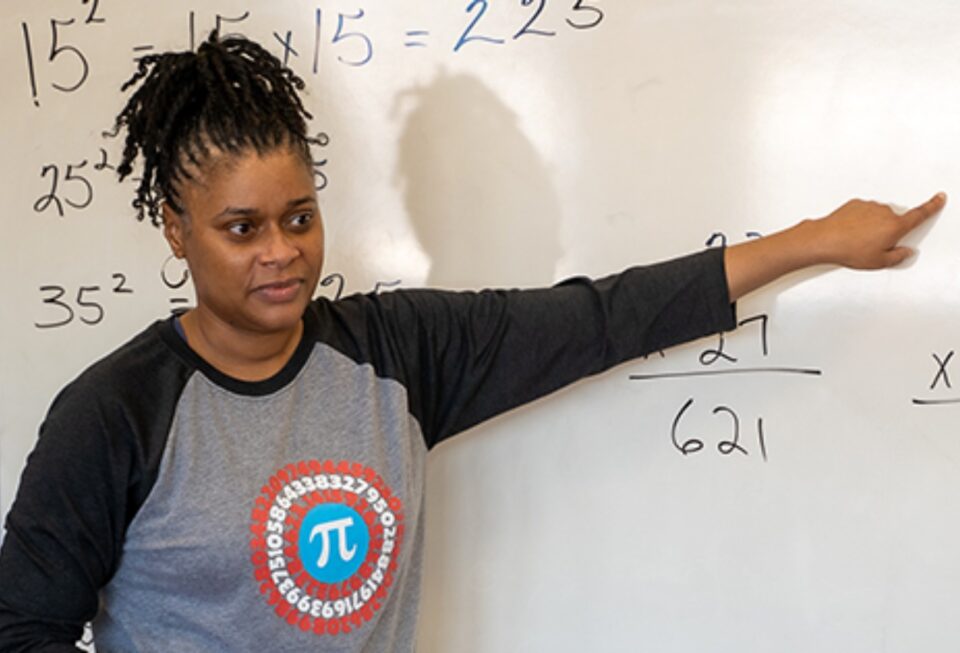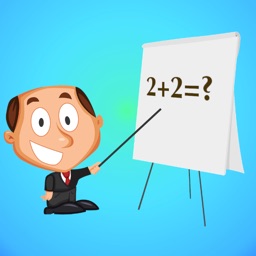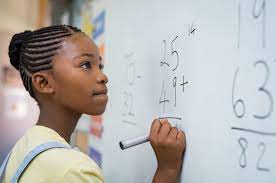The first CAARMS conference took place in 1995 at the Mathematical Sciences Research Institute. The organizers were Raymond Johnson, William Massey, William Thurston, and James Turner. Since then, CAARMS has met yearly. The following CAARMS conferences have been held: CAARMS2 at Rutgers University, CAARMS3 at Morgan State University, CAARMS4 at Rice University, and CAARMS5 will be held at the UM-Ann Arbor in 2018.
African-centered pedagogy
An African-centered pedagogy in black mathematics is a fundamentally subversive practice, aiming to make students’ knowledge of the subject relevant to the history, culture, and destinies of their communities. In essence, an African-centered pedagogy in black math focuses on education as a total process that promotes the intellectual, spiritual, ethical, and social development of young people. The aim is to empower these young people to transform the world and achieve their potential.
African-Centered Pedagogy in Black Math
This pedagogy includes five core practices: appraisal of practice, reflection, integration of cultural resources, and the use of illustrative case studies in the context of different school settings. You can visit Brighterly.com and try their math tutors. Appraisal of practice involves systematic self-evaluation in the light of outcomes, aiming to promote learning that is relevant to a child’s culture, history, and destinies. The process of reflection includes the exploration of different aspects of an African-centered pedagogy in black math.
Dismantling racism in mathematics
A new book titled “Dismantling Racism in Mathematics” is calling for educators to stop ignoring the role of race in education. The book contains a list of characteristics of white supremacy culture, including the need for objectivity and perfectionism. This culture helped colonists dominate African slaves and Native Americans. Despite the book’s title, it is important for educators to acknowledge race in all its forms, whether it is through a written curriculum or a classroom environment.
In fact, it is possible to reclaim the importance of mathematics education for the sake of racial equality. Historically, math has been a battleground for racial discrimination, and many minorities have been discouraged from taking it in school because they cannot master the skills. As a result, the suggestion that mathematical problems are subjective and therefore insensitive to racial differences became a convenient weapon for white colonizers. In addition, the workbook claims that grading and asking students to show their work are a threat to minority learners.
David Blackwell
David Blackwell was an American mathematician who completed his PhD under the guidance of Joseph Doob. He was awarded a fellowship to conduct postdoctoral research at the Institute for Advanced Studies at Princeton, one of the world’s premier mathematics and physics departments. In addition to working with Professor Doob, Blackwell also collaborated with Leonard “Jimmie” Savage. Savage had a major influence on Blackwell’s thinking about statistics and probability. This professor convinced Blackwell to use a Bayesian approach to statistics and probability.
While pursuing his undergraduate studies, Blackwell first intended to become an elementary school teacher. Nevertheless, his academic abilities were recognized by professors at the University of Illinois and he pursued graduate studies in the Mathematics Department. During his graduate studies, he worked with Joseph Doob, a founder of modern probability theory and National Medal of Science winner. In 1938, Blackwell earned his B.A. in mathematics, then went on to complete his master’s degree in the same field. He continued to work in mathematics, often returning to Markov chains to develop new mathematical methods.

Annie Easley
If you’ve ever wondered if there’s a connection between black women and mathematics, it’s not hard to make. Annie Easley was one of four African Americans hired by the National Advisory Committee for Aeronautics (NACA) during the 1950s. Her passion for mathematics led her to apply to the agency after reading about two of her sisters who had already obtained jobs there. She worked as a rocket scientist at the Lewis Glenn Research Center in Cleveland, and eventually became a mathematician for NASA’s Lewis Research Center.
Before joining NASA, Easley worked on nuclear-powered rocket systems. After a successful launch in 1963, she was able to transition to computer programming languages and became a math technician. Her research led to the development of batteries used in hybrid vehicles. Her software was also used to launch numerous satellites and spacecraft. This makes her an important member of the STEM community. This is a small sample of the accomplishments she’s achieved.
Mae Carol Jemison
Mae Carol Jemison, a pioneer in the field of science education, has many accomplishments. She is currently the head of the 100 Year Starship project, which is funded by the United States Defense Advanced Research Projects Agency. The program aims to develop technologies that will enable humans to travel to other planets within 100 years. Jemison has also become a prominent spokesperson for Bayer, where she has helped publicize the Facts of Science Education survey. She hopes to further STEM education, and she spoke with Huffington Post recently about her work and her plans.
Born in Alabama, Jemison attended Morgan Park High School. After earning a B.S. in chemical engineering at Stanford, she moved to Cornell University to pursue medical school. In between studying and practicing medicine, Jemison worked in Kenya and Cuba and in a Cambodian refugee camp in Thailand. While there, she was honored with a Fulbright Fellowship, which was the only black woman to be accepted to Cornell’s medical school.
Katherine Johnson
The remarkable life of Katherine Coleman Johnson makes her an inspiring figure for young girls, especially girls of color. Born in the segregated south of the United States in 1918, Johnson became one of the first Black students to be admitted to graduate schools in West Virginia. She went on to become a mathematician at NASA, calculating orbital mechanics and guiding astronauts to the moon. Her contributions to space exploration and communications helped propel the United States into space.
After working for NASA, Johnson continued to support the next generation of mathematicians. She spoke at educational events and visited schools, answering letters from students who wanted to pursue careers in science. Her efforts led to the award of the Presidential Medal of Freedom. This is not the only accomplishment she has achieved. Regardless of her background, her accomplishments speak volumes about the power of a mathematical education. It’s no wonder that she is one of the most influential people in math education.

